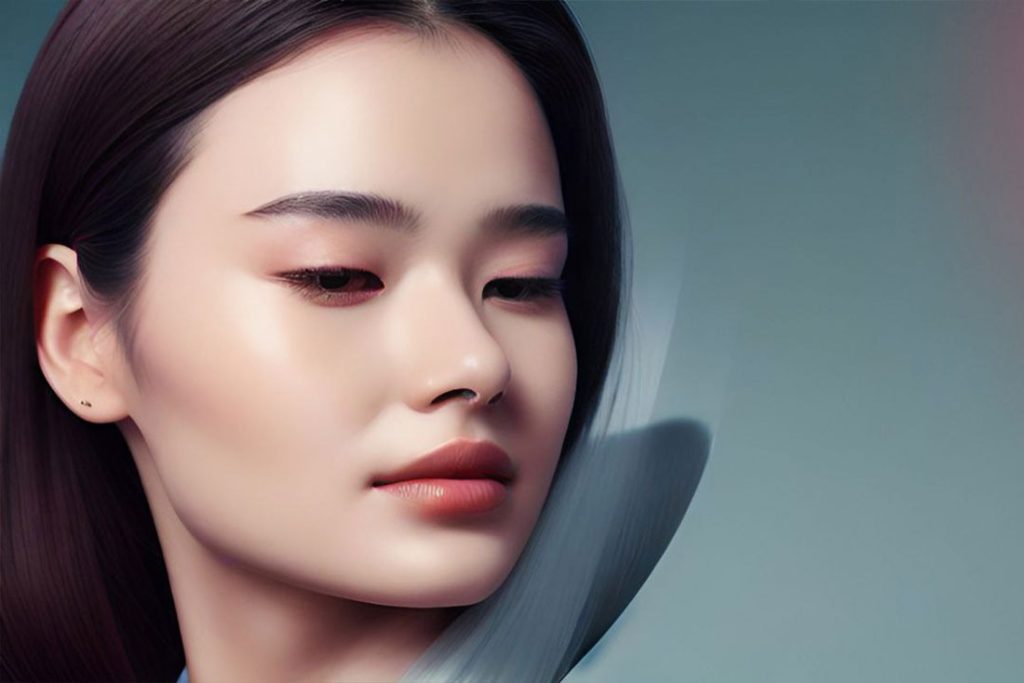The Beautician’s Comprehensive Guide to Managing Dry Hair and Scalp
For beauticians, understanding the nuances of dry hair and scalp is paramount to delivering services that not only enhance beauty but also preserve the health of their clients’ hair. This article aims to provide a detailed insight into the cause, identification, and management of dry hair and scalp, tailored specifically for professionals in the beauty industry.

Understanding the Underlying Causes
Inactive Sebaceous Glands
The most prevalent cause of dry hair and scalp is inactive sebaceous glands. These glands are responsible for the production of sebum, an oily substance crucial for keeping the scalp moisturized and giving the hair a healthy sheen.

Environmental Factors
- Excessive Shampooing: Over-cleansing can strip the scalp of its natural oils.
- Climate Changes: Cold, dry air or excessive heat can exacerbate dryness.
Product Usage
It’s important to differentiate between naturally dry hair and hair that is overly porous due to chemical services, thermal styling, or environmental damage.
Identifying the Issue
Signs of Dry Hair and Scalp
- Dull, lifeless appearance
- Brittle texture
- Itchy scalp
- Noticeable lack of shine
- Tendency for frizz
Diagnostic Procedures
While beauticians are not healthcare providers, being alert to these signs can prompt recommendations for specialized treatment.
Solutions and Treatments
Product Recommendations
- Shampoos and Conditioners: Opt for sulfate-free options rich in moisturizers and emollients like shea butter, aloe vera, and oils.
- Serums and Leave-in Conditioners: Lightweight oils like argan or jojoba can provide a moisture barrier.
Salon Treatments
- Deep Conditioning: Periodic professional conditioning treatments can significantly improve the health of both scalp and hair.
- Scalp Massages: These stimulate blood flow to the scalp, potentially increasing sebum production.
Client Education
- Reduce Shampoo Frequency: Advise clients with dry hair to shampoo less often.
- Product Selection: Counsel clients to avoid high alcohol content, strong soaps, and detergents.
Prevention Tips
- Encourage clients to wear hats during extreme weather conditions.
- Suggest gentle detangling tools to minimize breakage.
Case Studies
Client A: The Over-Shampooer
Solution: Advised to reduce shampoo frequency and switch to a moisturizing shampoo and conditioner. Saw marked improvement in four weeks.
Client B: Dry Scalp due to Climate
Solution: Introduced to a scalp oil and advised on reducing the thermostat setting indoors. Achieved positive results in two weeks.
Conclusion
Dry hair and scalp can be more than just cosmetic issues. They can impact a person’s self-esteem and are often indicative of the overall health of the hair and scalp. As beauticians, understanding these nuances enables us to offer services that go beyond mere aesthetics. It’s not just about making clients look good; it’s about making sure their natural beauty is preserved and nurtured. By understanding the intricacies of hair types and conditions like dryness, professionals can offer a more personalized, effective service, enhancing client satisfaction and loyalty.






